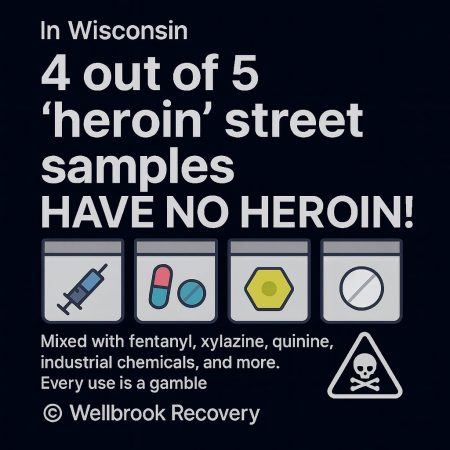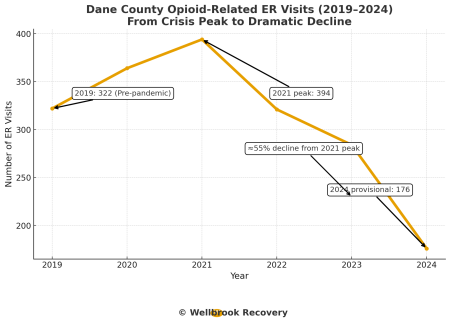Substance Abuse and Treatment Near Madison, WI
Table of Contents
- Substance Abuse and Treatment Near Madison, WI
- The Current Landscape of Substance Use in Madison area and Dane County
- Drug & alcohol abuse near Madison, WI: Shifting Drug Components and Overdose Patterns
- What do we know in 2025 about the Opioids and Alcohol Challenge in the Madison, WI area?
- How does the Madison, WI area substance abuse complications compare to the rest of the State of Wisconsin?
- How Cities near Madison, Wisconsin do Substance Abuse Response and Harm Reduction
- What Local Resources near Madison, WI do for Recovery and Support
- Moving Forward: Building a Safer Community
- Alcohol & Drug Rehabilitation Near Madison, Wisconsin by Wellbrook Recovery
- Personalized Drug and Alcohol Rehab Near Madison, Wisconsin
- Wellbrook Recovery substance abuse recovery by the numbers
- Wellbrook Recovery Addiction Treatment Center Wisconsin Highlights:
- Why the Madison, WI area Chooses Wellbrook Recovery Drug Rehab?
- How to Pay for Drug and Alcohol Rehab near Madison, Wisconsin
- Some of the Wisconsin Areas Our addiction program Regularly Serves:
- Your New Beginning Starts Here
- Sources:
The Current Landscape of Substance Use in Madison area and Dane County
Substance abuse continues to pose a serious public health challenge in Dane County and the broader Madison area, including the cities and areas of: Sun Prairie, Madison, Fitchburg, Verona and Middleton. In 2023, the county recorded 144 overdose deaths, but provisional 2024 data show a nearly 20% decline—a promising shift that still requires confirmation. Even with this improvement, overdoses remain the leading cause of death for adults aged 18–54, with synthetic opioids such as fentanyl driving most fatalities.
The drug supply has also grown increasingly unpredictable. Testing of samples from Madison and Milwaukee street drugs revealed that substances marketed as and assumed to be heroin in truth contained a wide mix of unexpected drugs—including methamphetamine, tramadol, xylazine, ketamine, diphenhydramine, and multiple fentanyl variants. Alarmingly, only one out of five samples actually contained heroin. Such volatility makes every use riskier, heightening the likelihood of overdose, injury, or death.
Drug & alcohol abuse near Madison, WI: Shifting Drug Components and Overdose Patterns
From 2021–2023, over one-third of overdose deaths in Dane county -which are overwhelmingly tied to opioids- involved stimulant-depressant combinations, which often amplify the danger. Alcohol was present in one-quarter of cases, and gabapentin in one-fifth, both of which can worsen outcomes when combined with opioids. Cocaine has increasingly appeared in overdose cases, not necessarily because of intentional opioid use but due to fentanyl adulteration, reflecting a shift away from heroin and prescription opioids toward more dangerous, unpredictable mixtures.
The demographics of overdose victims highlight additional challenges. Three out of four deaths occurred among individuals aged 35 and older, with the steepest rise among those over 55. Men were hit particularly hard, accounting for two-thirds of all deaths and experiencing twice the mortality rate of women.





